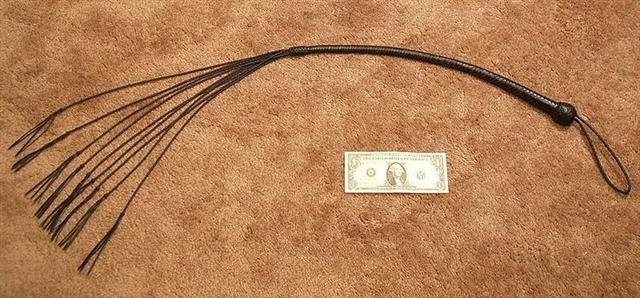Beyond St John comes the Cat o' nine tails (the ψ Aurigae stars) in the left hand of Castor:
In G we have to add 63 in order to go from the glyph number to the right ascension day, e.g. 33 + 63 = 96 at Canopus. In K we must add 66, e.g. 33 + 66 = 99 at ν Puppis, the star above Canopus:
Ka2-14 ought to be at an important point in time, preceded as it is by a pair of nights with no prominent stars, and 214 = 314 - 100 = 364 - 150. Furthermore, the equation in the tresses of Pachamama could be 214 = 400 - 186.
The important Sirius (Te Pou), was as always shining most brilliantly of all the stars in the night sky. At the time of the rongorongo texts its heliacal rising ought to have been in the last day of June. I have arranged the dates to be in parallel, because G and K were probably created about the same time and therefore there is no reason to think precession would have changed anything from one text to the other. Number 2-16 carries more weight than 2-7, I think. E.g. is 216 twice the numinous 108 (= 540 / 5) and 80 + 136 = 216.
Also here the K text is winning on points against the G text, because Muliphein (γ Canis Majoris) is a name which points to a place far down, agreeing with the picture in Ka2-21 (a fishy type). I think this star ought in G to have been at Ga2-11 where there is a hakaturou fish-hook. Number 222 (my 'Toliman' number) occurs in K together with mauga and a black manzil date. This mauga has 3 feathers at left and 4 in front, presumably meaning the season of Tautoru is in the past. With the beginning of 'July the colours for the Gregorian day numbers in the month no longer will be in parallel with the colours of the ordinal numbers in the line of K. Instead they are now in parallel with my colours for the G glyphs.
"It traditionally has nine thongs as a result of the manner in which rope is plaited. Thinner rope is made from three strands of yarn plaited together, and thicker rope from three strands of thinner rope plaited together. To make a cat o' nine tails, a rope is unravelled into three small ropes, each of which is unravelled again ... Variations exist, either named cat (of x tails) or not, such as the whip used on adult Egyptian prisoners which had a cord on a cudgel branching into seven tails, each with six knots, used only on adult men, with boys being subject to caning, until Egypt banned the use of the device in 2001. Sometimes the term 'cat' is used incorrectly to describe various other punitive flogging devices with multiple tails in any number, even one made from 80 twigs (so rather a limp birch) to flog a drunk or other offender instead of 80 lashes normally applicable under shariah law. The closed cat, one without tails, was called a starter." (Wikipedia) |













